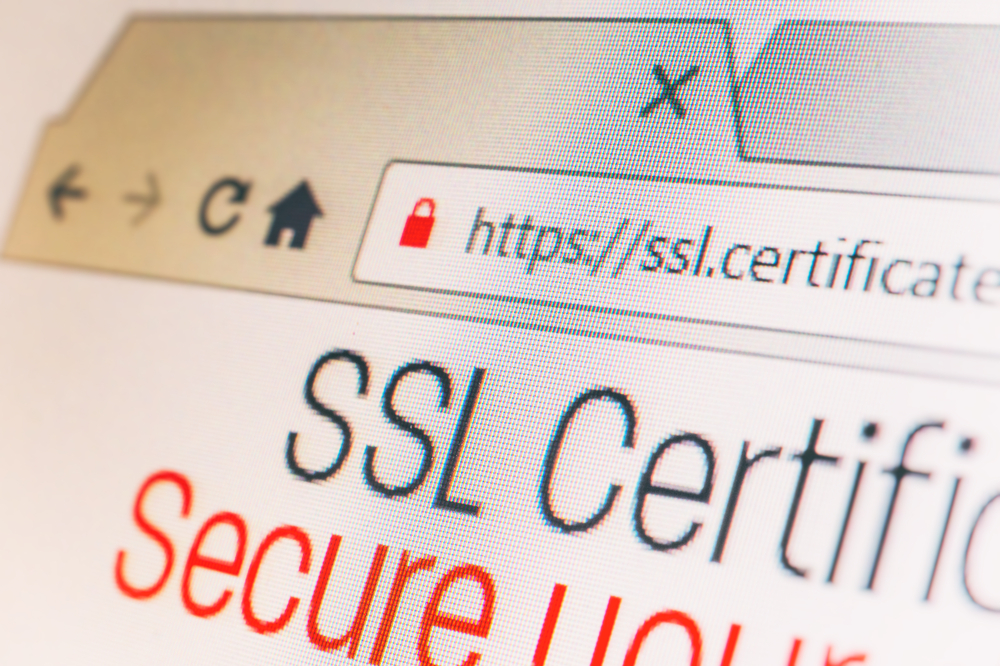A couple of decades ago, customers used to visit physical bank branches to complete a transaction. The fear and anxiety related to the banking information were altogether very different. Possibly, the worst case that a consumer would face is to get robbed of the banking documents.
However the time has changed, and for better or worse, the fear of losing the banking credentials are far more subtle and the methods of getting hold of one’s banking information are even more subtle. Therefore, in the present day scenario, the ways to safeguard your online banking information are totally different. We bring to you: five ways to protect and safeguard your information.
Secure Wi-Fi networks

You simply cannot trust the security of the public wireless networks. Typically, the public wireless internet is available at shops, hotels, railway stations, airports, coffee shops and at many more places. Therefore, for the ease of providing quick access to the internet for their customers or visitors, businesses hardly focus on the security aspect: making it dangerous for users to access personal information on that network.
Access banking sites with ’HTTPS’ encryption

To protect your information safe and secure, it is quintessential that you access sites encrypted with the secure HTTPS protocol. Typically, a certifying authority certifies if a website is protected with the sophisticated protocol that upholds your safety. Thus, to verify if your bank is providing you a safe path to access the banking information--look for a padlock symbol on the address of your browser before your bank’s web address.
Multifactor authentication is a must

Single factor authentication is nearing obsolescence. What was regarded as safe in the last decade is no more viable in the present complex cybersecurity domain. Thus, most of the banks have already made it mandatory for consumers to activate at least two-factor authentication to access their bank account. It may look like a bit of inconvenience on the surface, but enabling an extra layer of security will thwart the majority of cyberattacks.
Disable auto login feature

Today’s browsers tend to store username and password information in the cache, for easy login to the sites when the users visit next time. However, this makes your bank accounts highly vulnerable to breach. Anyone with the access to your device can effortlessly check into your account and access private information.
Use antimalware software

Every device you own today, most probably, will have some sort of security solution installed; it could be an antimalware or an antivirus. If not, you have to ensure that your device is protected with an advanced security solution which will protect your banking app against unwarranted cyberattacks.

Publisher









/https://cystory-images.s3.amazonaws.com/iStock-618946910.jpg)
/https://cystory-images.s3.amazonaws.com/shutterstock_229086703.jpg)
